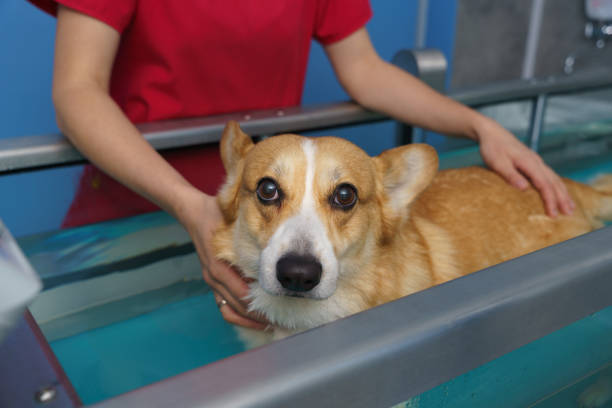Preparing companions for international travel: documentation and checks
Traveling internationally with a companion requires careful planning beyond booking flights: you’ll need the right documentation, veterinary checks, and practical preparations for their wellbeing. This summary outlines key steps owners typically take to ensure smooth entry and safe transit for their pets.

Moving abroad or taking a long trip with a companion involves more than packing a carrier. Start by assembling legal documents, confirming health clearances, and preparing routines that maintain your pet’s wellness during transit. Planning reduces delays at borders, helps avoid quarantine, and supports your animal’s physical and emotional needs while away from familiar surroundings. This article reviews documentation, veterinary checks, and complementary preparations to help your pet travel safely and comfortably.
Microchipping and documentation
Microchipping is a common legal requirement for international travel and a reliable way to reunite lost animals with their owners. Verify that the microchip type meets destination standards (often ISO 11784/11785), and register your contact details in international databases. Gather proof of identity such as a health certificate, vaccination records, and a pet passport or official export document if your destination requires one. Keep both digital and printed copies of all paperwork in separate locations to avoid losing everything at once.
Veterinary checks and wellness
Schedule a pre-travel visit to a licensed veterinarian well before departure so any required vaccinations, blood tests, or treatments can be completed within mandated timeframes. Discuss parasite prevention, motion sickness, and any chronic conditions that may need medication during travel. This article is for informational purposes only and should not be considered medical advice. Please consult a qualified healthcare professional for personalized guidance and treatment.
Travel regulations and customs
Research entry requirements for both transit and destination countries—rules can vary widely for quarantine, rabies titers, and approved documentation. Airlines and border agencies often have separate lists for acceptable crates, carrier dimensions, and declarations. Confirm whether your pet must travel as manifest cargo, in-cabin, or as checked baggage, and check transit-country rules if you have layovers. Accurate compliance with customs and animal-import regulations can prevent denied boarding or quarantine holds.
Grooming and exercise
Prioritize grooming and basic maintenance before travel: a trimmed coat for hot or humid climates, a nail trim to prevent injury in carriers, and a gentle bath if required by destination policies. Regular exercise in the days before travel can reduce stress and restless energy during transit. Pack grooming essentials, familiar bedding, and a small towel to help your companion feel secure; these comfort items can also reduce behavioral signs of anxiety while traveling.
Nutrition, behavior, and training
Maintain regular feeding schedules and stick to familiar diets to reduce gastrointestinal upset. If training is needed for carrier acceptance or crate conditioning, begin weeks in advance with short, positive sessions and gradual increases in duration. Address behavior issues such as excessive vocalization or separation anxiety with positive reinforcement techniques, and consult a qualified trainer or behaviorist for persistent concerns. Carry measured food portions, treats, and any supplements recommended by your veterinarian.
Sustainability, adoption, and enrichment
Consider sustainable travel choices where possible: reusable water bowls, eco-friendly waste bags, and low-waste enrichment items. If adopting or relocating companion animals internationally through shelters or rescues, ensure all legal transfers and health screenings are documented and that the receiving shelter or adopter understands post-arrival care needs. Enrichment during travel—safe chew toys, scent items from home, and short, supervised exercise breaks—helps reduce stress and supports overall wellbeing.
Conclusion Thorough preparation for international travel with a companion combines accurate documentation, timely veterinary care, and humane attention to grooming, nutrition, and behavior. Confirm rules for microchipping and entry well ahead of travel dates, coordinate with your veterinarian, and plan comfort and enrichment strategies for transit. Careful planning minimizes unexpected complications and supports a safer, calmer journey for both owner and animal.





